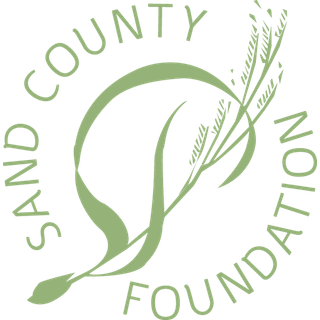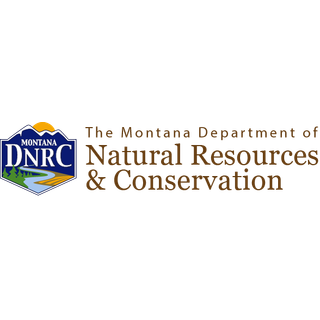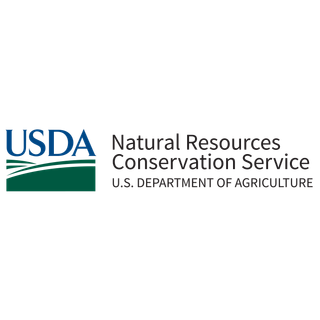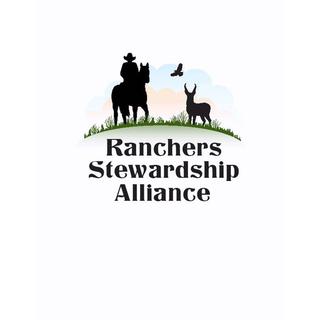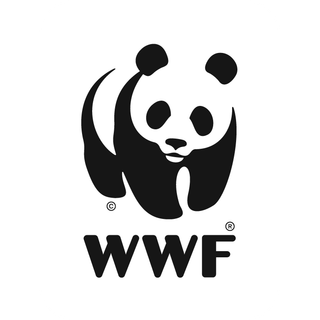Bruce Thomas is as passionate about conservation as he is about Hereford beef cattle, and that’s saying a lot.
Bruce grew up showing and fitting world-class Hereford cattle on the ranch his parents Richard and Shirley Thomas established in 1957.
His career as a sawmill’s environmental manager proved to be influential. Interacting with governmental agencies and becoming well-versed with environmental regulations led him to see how doing things differently could make the ranch environmentally and economically resilient.
“I wanted to demonstrate to both the agricultural and environmental communities that a win-win solution could be achieved,” Bruce said.
Watch their conservation success story
Bruce and his wife Tammy prioritized conservation practices that could improve biodiversity and water quality, leading to healthier cattle, fish, and wildlife. Their vision was set into motion in the early 2000s by enrolling land into an Environmental Quality Incentives Program (EQIP) contract and collaborating with several public agencies and private non-profits.
Gold Creek is a Clark Fork River tributary that runs through the ranch. Like other ranchers, ancestors built their first corrals next to the creek to easily water their cattle. Overgrazed riparian areas led to soil compaction and degradation, and creek contamination. Loss of riparian vegetation led to warmer water, impacting native fish populations and reducing wildlife habitat.
With EQIP’s financial and technical assistance new cattle pens were designed to direct runoff into filtration areas on the ranch’s uplands. Grazing was ceased along the creek’s riparian area for five years to allow native vegetation to recover. As a result, the creek was cleaner thanks to a reduction in runoff of manure nitrates. The herd’s daily weight gain also improved from a new watering system.
Converting from flood irrigation to pivot irrigation also benefitted Gold Creek by diverting 50 percent less water. Other environmental benefits like enhanced in-stream flow, cooler water temperatures, and drought mitigation are being studied at Thomas Herefords by the Montana Department of Natural Resources and Conservation and other local and state organizations and agencies.
Located in western Montana’s Flint Creek Mountain Range, the ranch sits at 4,250 feet, with summer pastures up to 6,500 feet in elevation. Replacing woven and barbed wire with three-wire electric high-tension fencing is wildlife-friendly while proving a more secure fence for cattle.
Rotational grazing has improved the quality and quantity of grasses. Likewise, investment in rangeland water development has helped triple the carrying capacity of the ranch’s pastures.
The Thomases prioritize soil health principles by utilizing annual soil analysis, reducing chemical fertilizer use, and managing for drought by building organic matter to improve moisture retention.
While the Thomases are best known as a renowned international seedstock producer of red and white Hereford cattle, their holistic approach to ranching is just as noteworthy.
Bruce’s mother Shirley recalls a time when she would go to a hilltop overlooking the ranch and privately wonder how she was going to pay the next month’s bills. Bruce says embracing his conservation ethic is why those fears no longer exist.
As for the future, Bruce and Tammy are proud their children, Kurt, Amber, Heather, and their families, are involved in the ranch and own cattle. Along with the kids, the ranch’s succession plan includes a continuation of the conservation ideals that have brought them this far.
